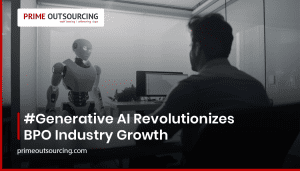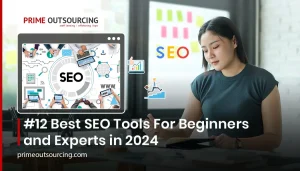When it comes to search engine optimization (SEO), a lot of businesses usually focus on off-page optimization. That is, most of their efforts are directed toward building links outside of their websites. However, know that on-page SEO is equally important to improve the position of your website in the search engine results page (SERPs). With this strategy, you apply tactics on the website and its pages so that they are also optimized for search engines.

On-Page SEO Factors Your Website Needs
If you are trying to boost your website’s on-page SEO, here are a couple of elements you should include.
1. Regularly Updated Blog with Relevant and Compelling Content
A well-written and regularly updated blog is an absolute must for any website. While the task can be daunting, it provides a number of rewards when done right. To begin with, it helps your website get indexed more frequently, which in turn can lead to better organic search visibility and increased traffic.
On-page SEO also contributes to the positive impression on your business given that it displays your authority and expertise in the industry. Additionally, it lets you utilize and rank more keywords that are relevant to your niche, not to mention helps facilitate discussions on social media platforms, helping generate social signals for your site.
2. Title Tags
Title tags are still the most important ranking elements you should integrate into your site. Basically, title tags are clickable texts in search engines that direct users to your site and its pages. As a rule of thumb, title tags should be relevant to the topic and contain your keyword naturally and strategically.
3. Header Tags
Just like title tags, header tags are also important elements that aid in improving your site’s rankings. Basically, they tell search engines what your content is all about. They also give your content a better structure, making it easier to read.
For each page on your site, there should only be one H1 tag, which indicates the main topic of the page. To break up long content into more readable chunks, use H2, H3, etc. tags and incorporate relevant keywords in them in a logical and natural manner.
4. Image Tags
Images are good visual accompaniments that reinforce the message of a text, and when used correctly can also rank well in image search. When using images on your website, especially on blogs, do not just label them half-heartedly. Where appropriate, use keywords that are relevant to your niche and make the labels as descriptive as possible.

5. Content Keywords
Speaking of keywords, you should naturally incorporate them within the content itself. However, be sure to take the best practices in mind in terms of usage frequency. Also, do not focus on a single set of keywords alone. Instead, you should search for variations of your keywords and use them properly within your content.
6. Long-Form Content
Google now prefers ranking longer and relevant content over shorter ones. So if you are focused on making short articles, it is about time that you change your strategy. Of course, writing lengthy content does not mean that you have to sacrifice its quality.
Remember content is king, and this rings true in SEO wherein well-written, fresh and relevant content is prioritized over generic ones. As such, do not just focus on the length, but also pay attention to the quality of the content you are posting on your site.
SEO Services at PrimeOutsourcing
These are just a few of the ranking factors in SEO you must take note of if you want to top the search engines. Of course, you can try these SEO tips for yourself to explore and learn new things, however, if you know that you need some assistance, you can always call for a reliable SEO consultant.
Prime Outsourcing offers affordable SEO outsourcing services to help every individual like you who wants to improve their SEO ranking. If you want to get more information about our team of SEO experts, click here or directly contact us today!



